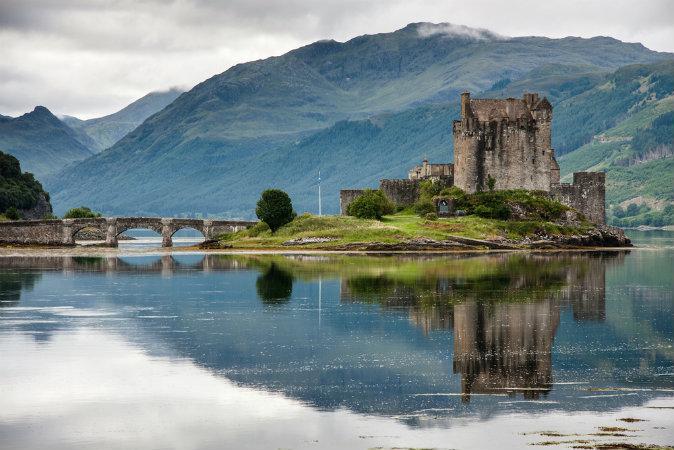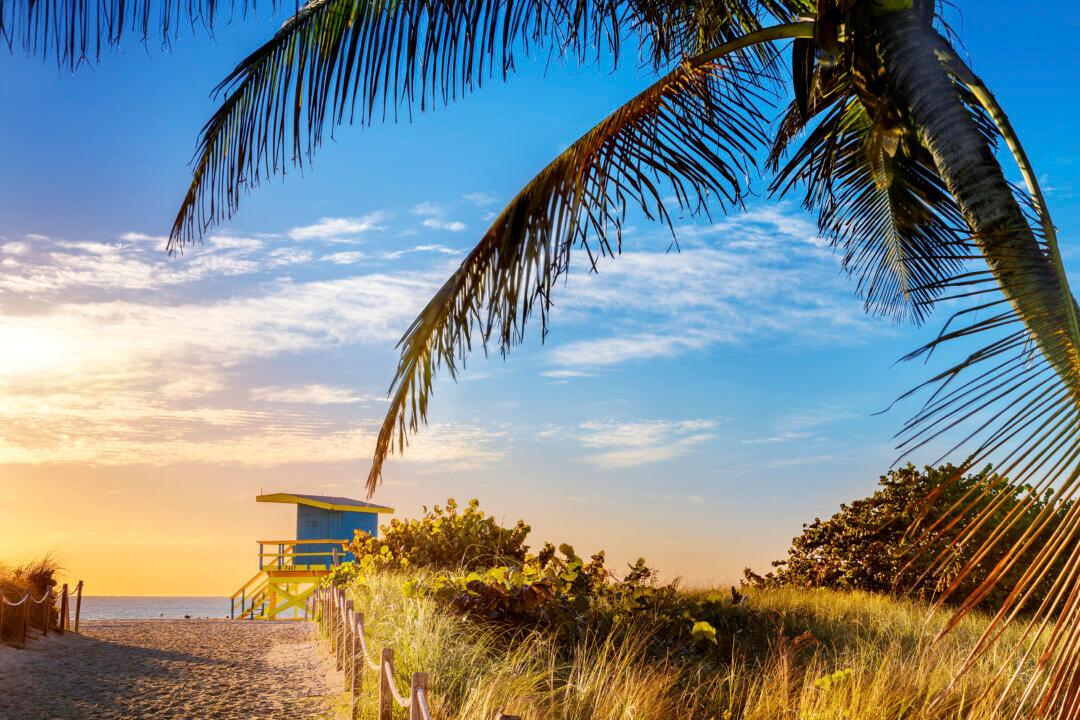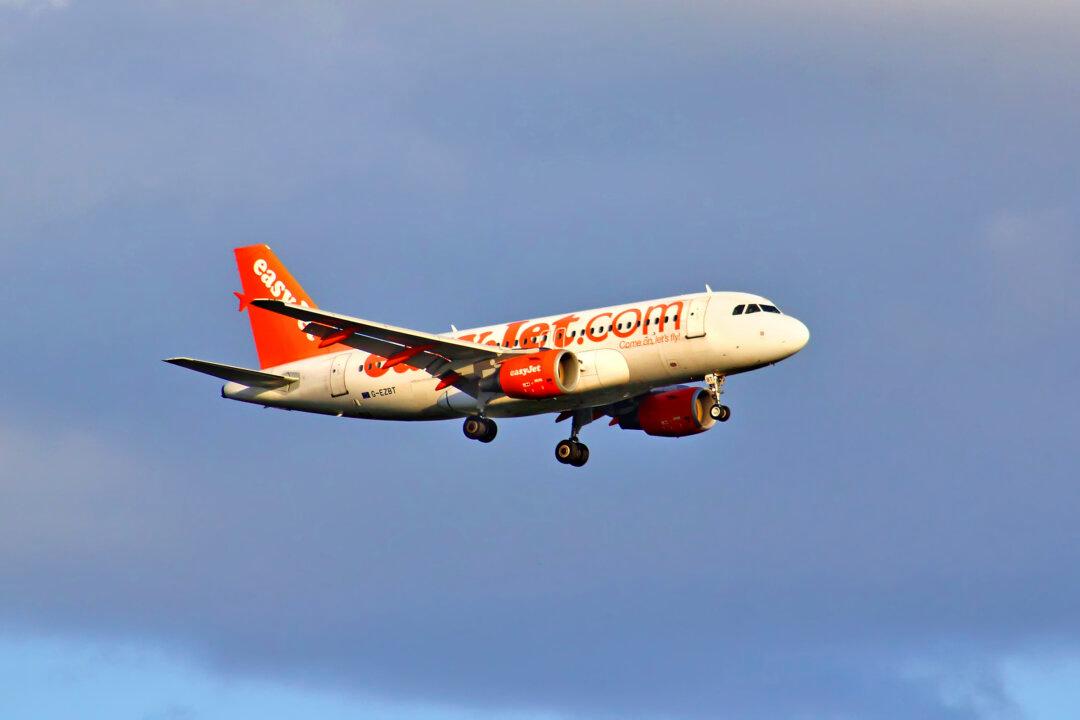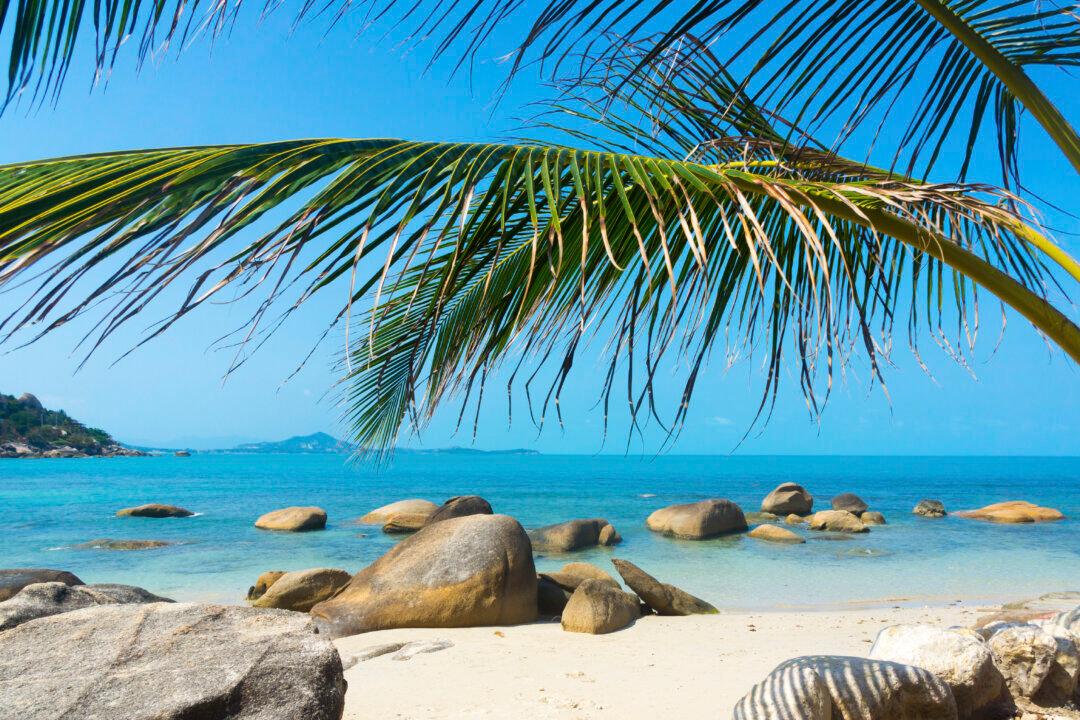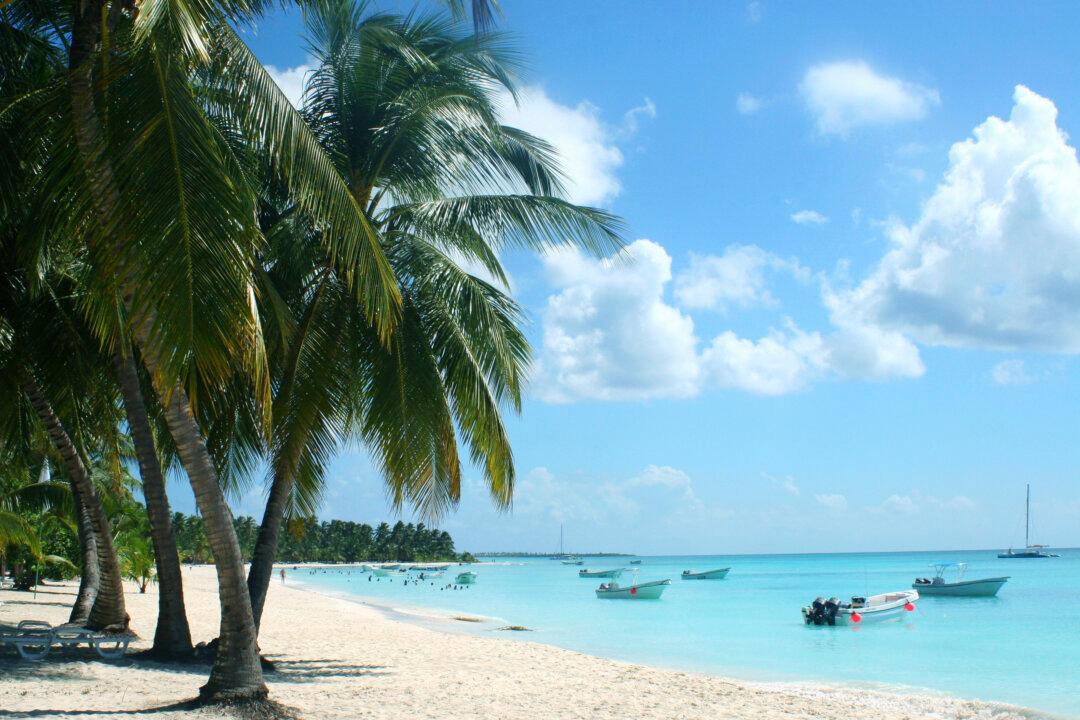As befits the home of tartan and whiskey simple definitions don’t really suit Scotland. Cliched images of the place abound – postcards of wee Highland terriers, tartan tins of shortbread, ranks of diamond-patterned golf jerseys … and they drive many Scots to apoplexy. And yet Scotland has a habit of delivering on its classic images: in some parts ruined castles really do perch on just about every hilltop, in summer the glens inevitably turn purple with heather and if you end up in a village on gala day you just might bump into a formation of bagpipers marching down the street.
Naturally, the tourist industry tends to play up Scotland’s heritage, but beyond the nostalgia lies a modern, dynamic nation. Oil and nanotechnology now matter more to the Scottish economy than fishing or Harris tweed. Edinburgh still has its medieval Royal Mile, but just as many folk are drawn by its nightclubs and modern restaurants, while out in the Hebrides, the locals are more likely to be building websites than shearing sheep. The Highland huntin‘ shootin’ fishin' set are these days outnumbered by mountain-bikers and wide-eyed whale-watchers. Outdoor music festivals will draw thousands of revellers, but just as popular as the pop stars on the main stage will be the folk band rocking the ceilidh tent with accordions and an electric fiddle.
Venerable, dramatic EDINBURGH, the showcase capital of Scotland, is a historic, cosmopolitan and cultured city. The setting is wonderfully striking: perched on a series of extinct volcanoes and rocky crags which rise from the generally flat landscape of the Lothians, with the sheltered shoreline of the Firth of Forth to the north.
The summer months of June, July and August are Scotland’s high season, with local school holidays making July and early August the busiest period. While the locals celebrate a single day of bright sunshine as “glorious”, the weather at this time is, at best, unpredictable; however, days are generally mild or warm and, most importantly, long, with daylight lingering until 9pm or later. May and September frequently throw up weather every bit as good as, if not better than, the months of high summer. You’re less likely to encounter crowds or struggle to find somewhere to stay, and the mild temperatures combined with the changing colours of nature mean both are great for outdoor activities, particularly hiking. The spring and autumn months of April and October bracket the season for many parts of rural Scotland. A large number of attractions, tourist offices and guesthouses often open for business on Easter weekend and shut up shop after the school half-term in mid-October. Winter days, from November through to March, occasionally crisp and bright, are more often cold, gloomy and all too brief.
This article was originally published on www.getafirstlife.com. Read the original here.
*Image of Eilean Donan Castle, Loch Duich, Scotland, UK via Shutterstock

